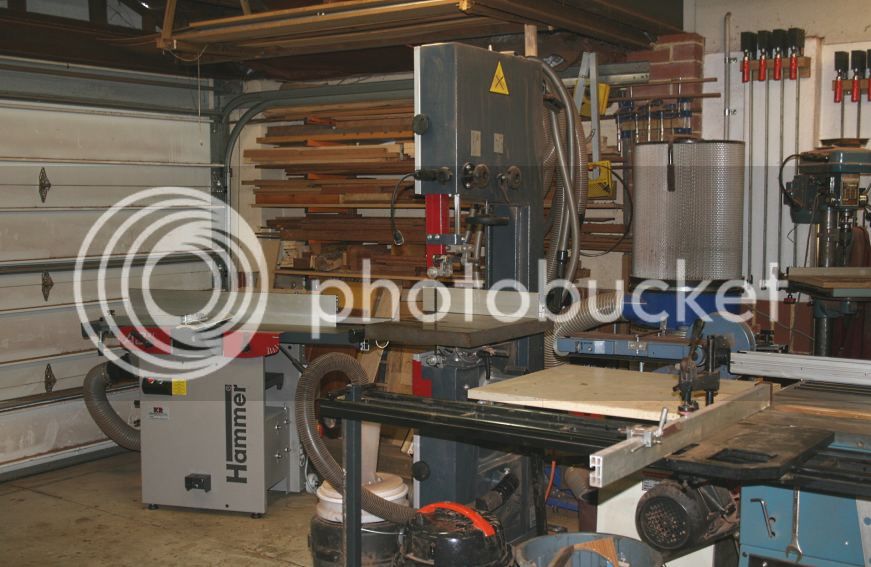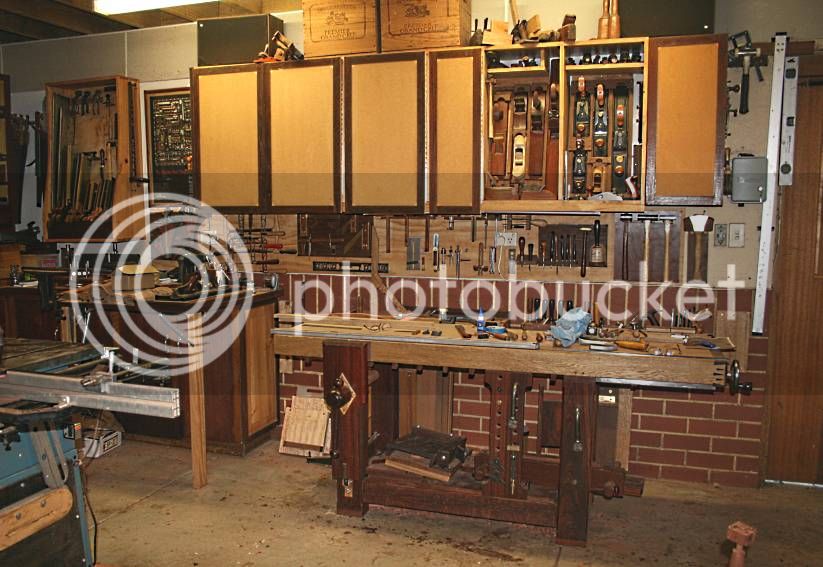Jacob
What goes around comes around.
We were taught to do all by hand and I did a lot by hand almost entirely when I started trying to earn a living. I still do it where I have to - e.g. some long newel posts recently -impossible through the machine easiest to do two faces by hand and the other two through the thicknesser.D_W":14rzya37 said:mouppe":14rzya37 said:David C, I'm completely in agreement with you. I wish the mods would step in and put an end to his presence here.
No worries, I'm not likely to respond to very many topics like this, but I push the topic some not to troll people, but to actually get people up to try a few things and see if they might learn something new.
If you, at any point, are thinking about getting toward dimensioning wood by hand from rough, viewed through a clear lens, you'll find some value in the things I mention. If not, then probably not.
There's a lot of talk on forums about what show to go to to get the next thing, or what plane follows what machine planer, etc, but there just really isn't much discussion about discarding power tools and how that changes desirable characteristics of hand tools.
Yes it does give you a different perspective which is still useful even when your planing is only finishing after machining.
































